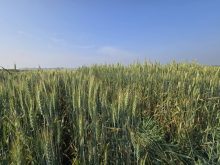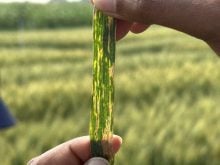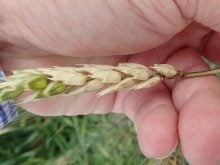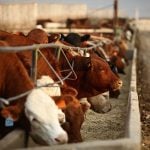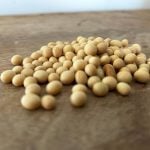There’s a lot of medium-to low-quality wheat in the world, making it one of the most price competitive markets, according to Graham Worden, the Canadian Wheat Board’s (CWB) senior manager of technical services.
Competitors include India, Russia and Ukraine and the United States produces millions of tonnes of good-quality milling winter wheat.
“If we can’t supply the protein at the grade level of the select category throughout the year it makes it really tough for us,” Worden said.
Read Also
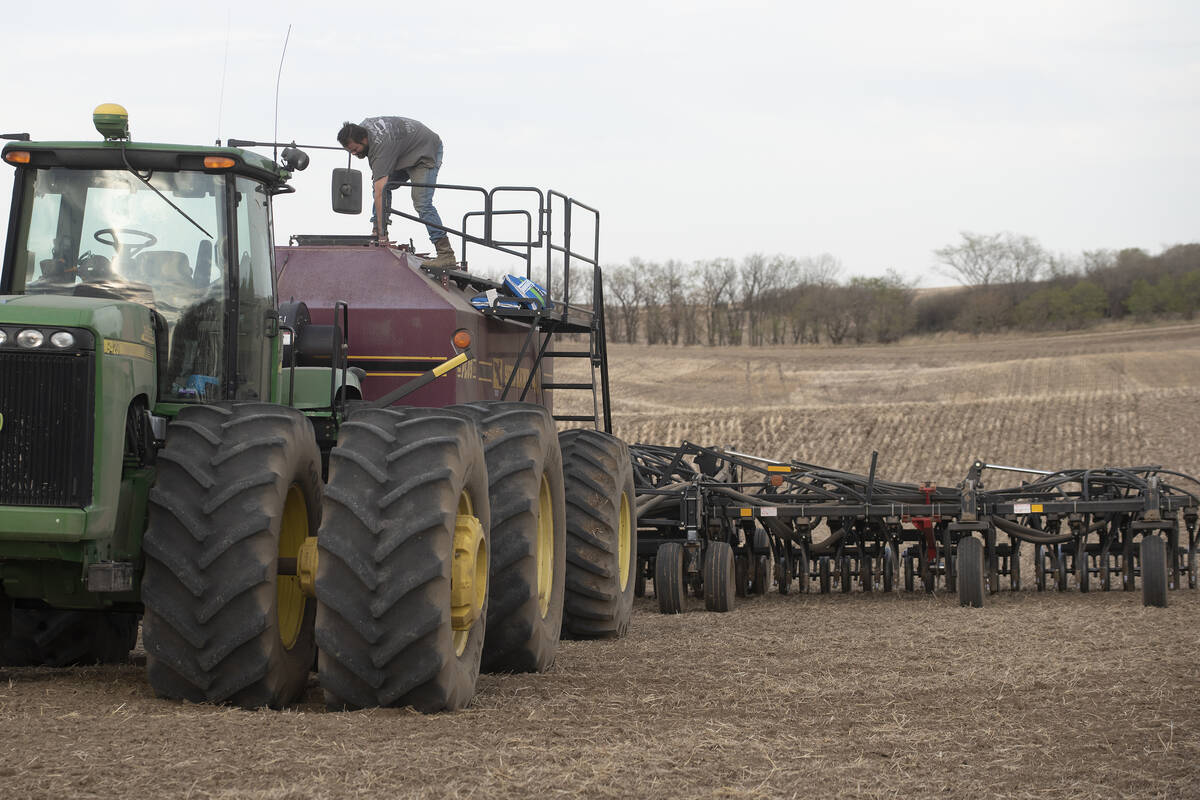
Nutrien pays farmers for efficient nitrogen
Nutrien’s Sustainable Nitrogen Outcomes (SNO) program pays Prairie farmers to limit nitrogen loss and, therefore, fertilizer-related greenhouse gas emissions.
“We are the David and they (U. S.) are Goliath and our slingshot has to be quality.”
To meet customer demands for high-quality winter wheat, the CWB designated varieties in the Canada Western Red Winter (CWRW) class that did meet the quality standards as “select” and segregated and marketed them differently than “non-select” varieties.
A proposal to transfer the non-select varieties out of the CWRW class will boost the quality of the CWRW class making it easier to compete with the U. S.
And the competition is only going to get tougher, predicts Dale Hicks, an Outlook, Sask., farmer and director of Winter Cereals Canada. As corn production expands in the U. S. winter wheat will be grown in drier, lower-yielding areas, boosting protein content and end-use quality, he said.
After Japan received some poor-quality wheat from the U. S. Pacific Northwest a few years ago, wheat commission officials issued a list of varieties not suitable for the Japanese market and urged farmers not to grow them, Hicks said. [email protected]





